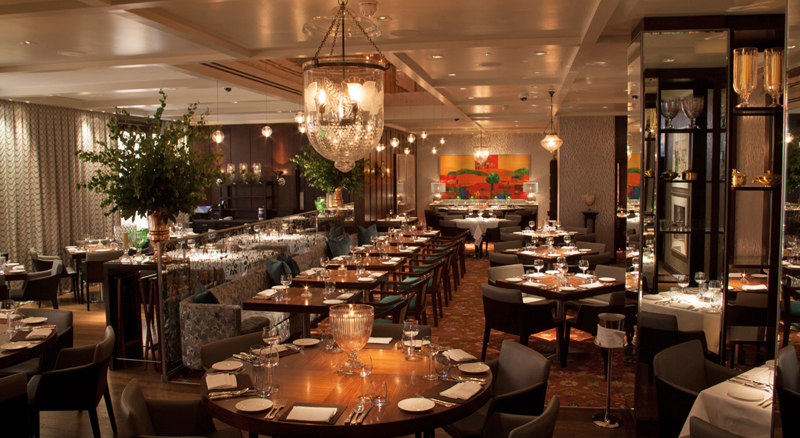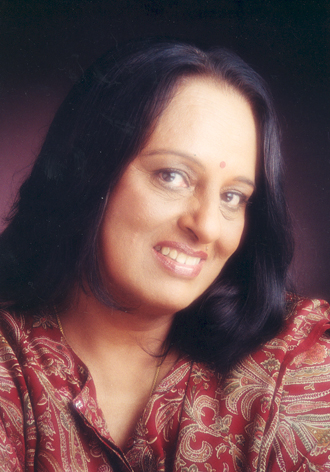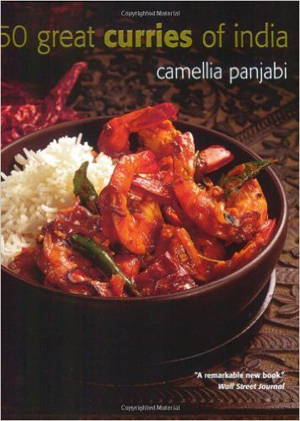
MW Eat Overview
In 1989 Namita Panjabi and Ranjit Mathrani formed Chelsea Plaza Restaurants which was later renamed Masala World. The company was formed to create top end restaurant Chutney Mary as an outlet for fine Indian food. The restaurant immediately won accolades and audiences in London. In 1997 they spread their wings with the acquisition of the (originally opened 1926) restaurant Veeraswamy. Having previously assisted through mentoring, Camellia Panjabi joined the group as a full-time director in 2001, setting about the food project of Amaya restaurant, which after opening in October 2004 gained Michelin star recognition in 2006. In 2001 Masala Zone restaurants were formed, proving a most successful project with now a collection of seven restaurants across London. In 2012, the company as a whole was renamed MW Eat. The latest development is the moving of the iconic restaurant Chutney Mary to beautiful upscale premises on St James’ Street, London and opening Masala Grill on its former site.
 Profile of Camellia Panjabi
Profile of Camellia Panjabi
Camellia Panjabi had come down from Cambridge in the late 1960s with a degree in Economics and a determination to succeed in business. Such an ambition was a challenge to fulfill given the ‘conservative’ nature of Indian culture, where careers in business were considered the domain of men (considerably more so than in Britain at that time). After working briefly for Tata Oil Mills, Camellia was challenged with making a marketing success of Taj Hotels. A combination of marketing prowess and following her heart led Camellia to make the identity of the Taj Hotels one that married luxury with Indian culture. At that time, this was an unusual idea as India was not associated, from the outside, with luxury and so positioning luxury hotels as ‘International’ had been the conventional wisdom. However the rapid success and expansion of the brand into Goa, Rambagh Palace in Jaipur, Lake Palace in Udaipur and the opening the Delhi Taj proved the theory more than correct.
To marry up further with the concept of an Indian identity of the hotels, in one particular aspect, Camellia turned to her passion – food – she felt that the restaurants of the hotels should reflect the broad spectrum of Indian cuisine to visiting guests. In researching the project Camellia was aware of- and succeeded against- certain practical challenges: India was a country with around 1.2 billion people, 14 different languages, 29 States, 7 Union Territories, not to mention various cultures – thereby demonstrating contrasts at least as stark as those found between countries across a varied continent like Europe. Little surprise then, to find that a national identity of cuisine was not something originally found in India. To take a step back, after the Partition of Punjab (The Land of the Five Rivers) in the North West, where there was a resulting significant upheaval and migration of people from the newly formed State, a number among the people displaced went into the food business. They took with them their tools of the trade including, for example, the Tandoor oven, which explained the resulting trend of Tandoori chicken being found on street corners around India.
 Camellia found that recipes were the closely guarded secrets of families across the country. To expand her knowledge of regional Indian cuisine, she embarked upon a project that sought to eek information from those families, private chefs and home cooks, a corollary of which was her publication ‘The 50 Great Curries of India’, which has sold 1.25 million copies, and is probably the best selling cookbook on Indian cuisine outside of India. The resulting book logs ingredients and their roles in the make-up of dishes – thickening agents, colouring agents, souring agents, spicing for taste, spicing for aroma, herbs and chilies. Starting simply, breakfast in a Taj Hotel became the now familiar Southern Indian fare of Idli and Dosa but this must be considered in the context of a time when top end hotels served ‘international’ dishes of egg and waffles. Indeed, Indian media personality and journalist Vir Sanghvi pointed out “today everyone knows what an appam is or how a Mangalorean gassi should taste but till the Taj took the plunge back in the 1980s, the food of the south remained restricted to the south.”
Camellia found that recipes were the closely guarded secrets of families across the country. To expand her knowledge of regional Indian cuisine, she embarked upon a project that sought to eek information from those families, private chefs and home cooks, a corollary of which was her publication ‘The 50 Great Curries of India’, which has sold 1.25 million copies, and is probably the best selling cookbook on Indian cuisine outside of India. The resulting book logs ingredients and their roles in the make-up of dishes – thickening agents, colouring agents, souring agents, spicing for taste, spicing for aroma, herbs and chilies. Starting simply, breakfast in a Taj Hotel became the now familiar Southern Indian fare of Idli and Dosa but this must be considered in the context of a time when top end hotels served ‘international’ dishes of egg and waffles. Indeed, Indian media personality and journalist Vir Sanghvi pointed out “today everyone knows what an appam is or how a Mangalorean gassi should taste but till the Taj took the plunge back in the 1980s, the food of the south remained restricted to the south.”
The Bombay Brasserie in London opened its doors in 1982 and in 1984 Ile de Kashmir followed in Paris, to form part of Camellia Panjabi’s roll call. In addition, and as a natural development, the Taj Group, in a project led by Camellia, formed the southern Indian restaurant Karavalli in Bangalore (one of whose chefs later became head chef at Michelin starred Quilon in London). Formed in 1990, in the Gateway Hotel, (the budget chain of Taj Hotels) this restaurant revolutionised the perception, delivery and presentation of Southern Indian cuisine, a google search will show you its operation and trip advisor scores continue to flourish to this very day.
At a similar time (end of 1989) Namita Panjabi – Camellia’s sister – supported by her husband Ranjit Mathrani, was blazing a trail in defining the original concept for the formation of Chutney Mary in London. Namita and Ranjit were joined by Camellia later in the business. This iconic restaurant recently relocated to St James’ Street, a move that takes the location from the west side of town to somewhere far more central. The reasoning, as Camellia recently told Big Hospitality was “…in 1990, quality Indian restaurants in London were only found in affluent residential areas because they were not seen as a possibility for corporate entertainment or special occasion dining. Things have now changed.” There has also been an opportunity to take stock and look at the menu as well as the best use of the space afforded by the new site. On the starter side, the new Chutney Mary sees starters replaced by small plates and a move toward lighter eating, principally to attract the lunch trade. The specialties that have helped make their name remain, although the strategy clearly shows an understanding of modern trends in dining and the requirements of an audience of mixed demographics. Chutney Mary may be seen as a special occasion restaurant, a discreet business meeting venue or a social meeting place for friends.
The former Chutney Mary site sees Masala Grill, a restaurant concept pitched between other MW Eat offerings of Amaya and the Masala Zone outlets. When speaking in recognition of Camellia’s 2013 award of an MBE presented at the Delhi High Commission Vir Sanghvi said of Masala Zone “there are (at last count) seven Masala Zone restaurants where you can get bhel, undhiyu, khichri and wonderful Kerala curries at astonishingly low prices.”
So what of the future? The bedding down of the new Chutney Mary and Masala Grill, along with specific revamps of the Masala Zone restaurants. The latter may become pitched at a higher end of the market with a subtle change in menu and drinks offerings, while importantly representing value for money to its loyal band of customers. Perhaps the leading ‘institution’ restaurants of the era have had the motto evolution not revolution as the key to their success and longevity. In the case of Camellia Panjabi one might argue that the premise is the other way around – revolutionise then evolve – which perhaps offers a more fitting observation of an extraordinary career journey that continues to surprise and impress.



